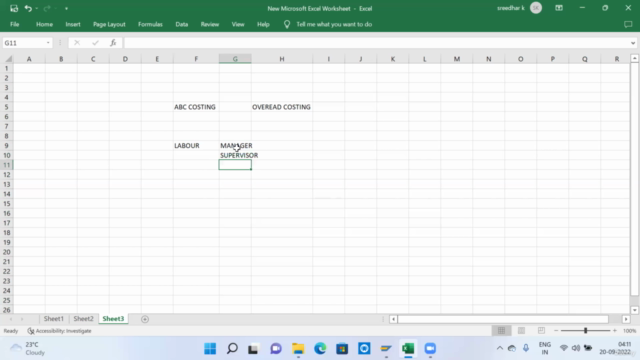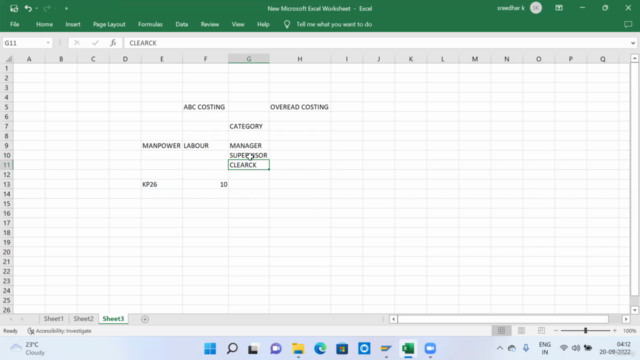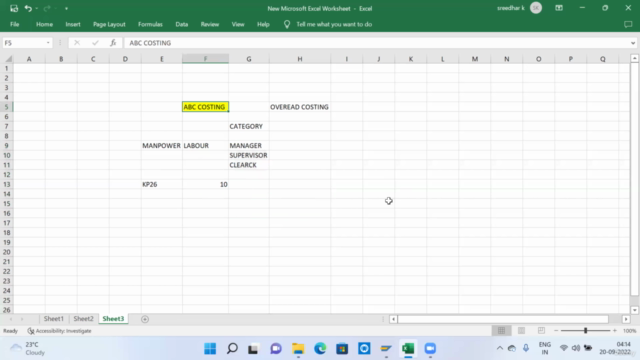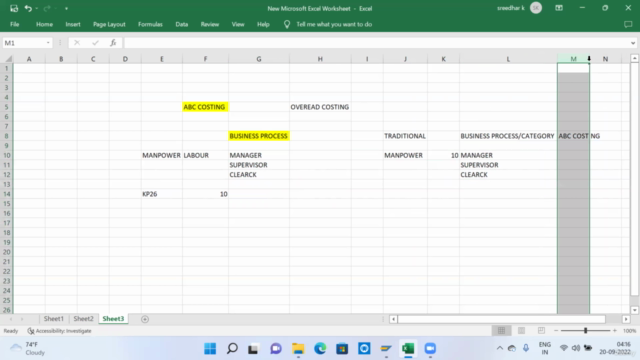SAP CO: Activity Based Costing (CO-OM-ABC) in S/4 HANA
SAP CO: Activity Based Costing (CO-OM-ABC) in S/4 HANA 2021 - Complete Process
4.68 (17 reviews)

76
students
6.5 hours
content
Aug 2023
last update
$34.99
regular price
What you will learn
Explain the concept of SAP CO: Activity Based Costing
Configuration of Activity Based Costing. Master data setup
Integrated with template allocation for Business Process
Activity Based Costing: Monthend closing
Screenshots




Related Topics
4881898
udemy ID
9/14/2022
course created date
9/23/2022
course indexed date
Bot
course submited by